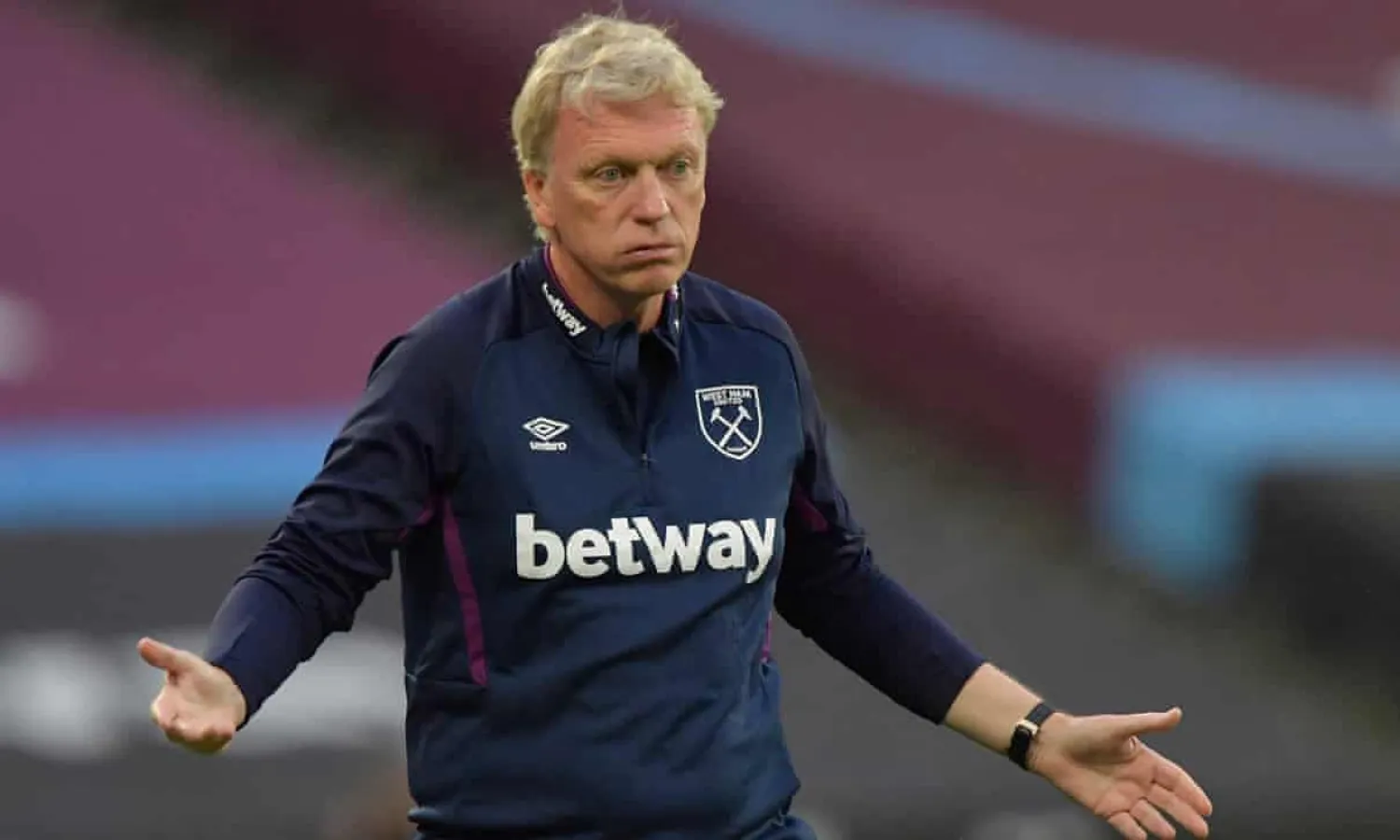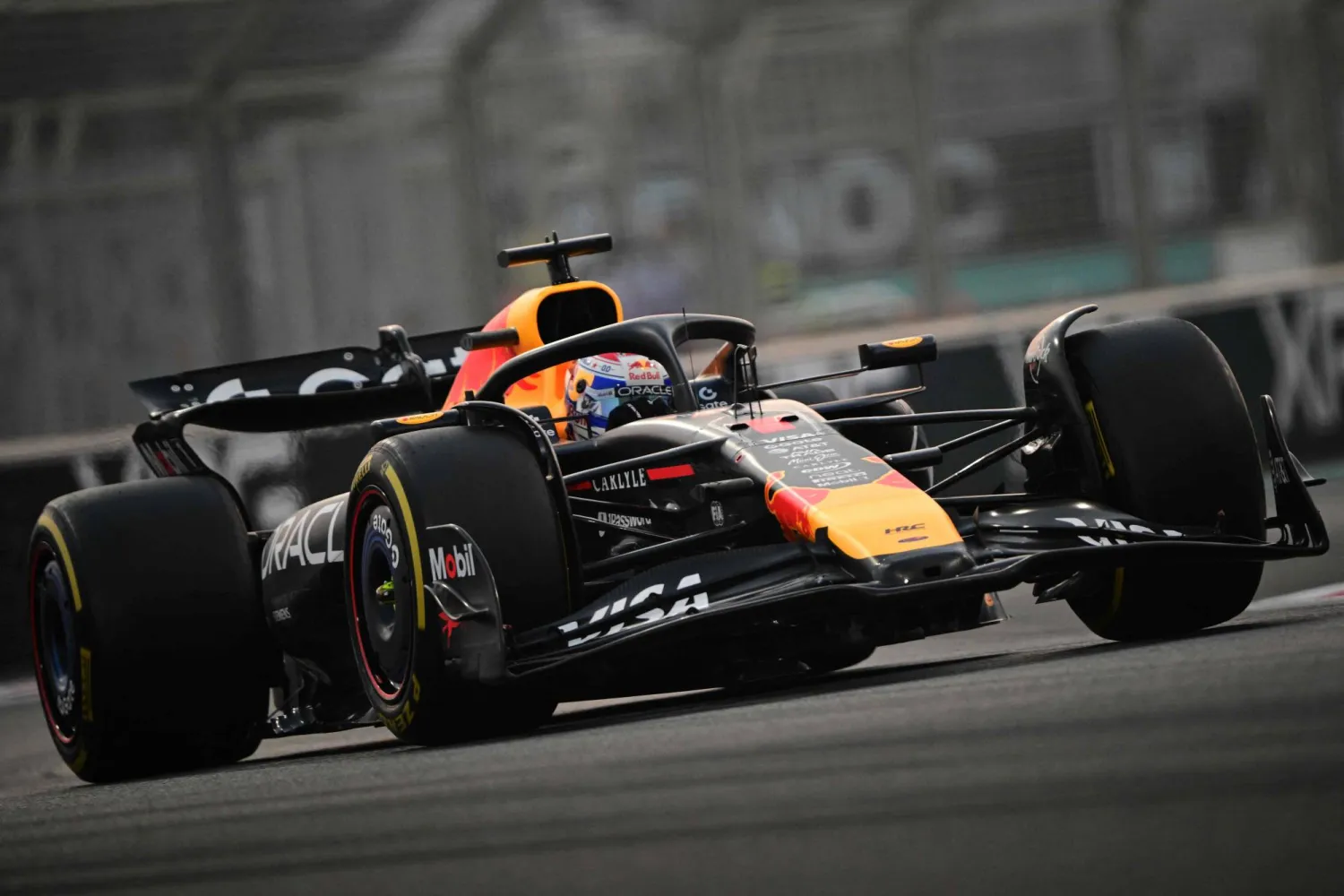Perhaps this time the Ferryman will not accept the fare. Wednesday’s unlikely victory over Chelsea, allied to the abjection of Norwich and Bournemouth and the struggles of Aston Villa and Watford, means West Ham may survive this season, but that doesn’t mean there aren’t major questions for the club to answer, foremost among them who should be their manager.
Wednesday’s Premier League game turned out to be a clash of two managerial flaws, the inability of Frank Lampard sides to defend set‑pieces or counterattacks winning out over the tendency of David Moyes sides to drop deeper and deeper, particularly when they have something to defend. The victory may end up being decisive, but there can be no long-lasting sense of wellbeing.
Since Moyes’s return to the club at the end of last year, West Ham have picked up 11 points from 13 games. To point out the club are badly run is true, but the return of Moyes after the dalliance with Manuel Pellegrini is a part of that.
In their penultimate game of the 2015-16 season, Sunderland beat Everton 3-0 to seal yet another great escape. It was their last great night. Sam Allardyce danced on the pitch, downed two bottles of lager during his press conference and carried on drinking with the club legend Jim Montgomery in the bar at the nearby Hilton Garden Inn.
Sunderland ended that season with a run of 11 games when they lost once, but, more than that, three of Allardyce’s January signings – Lamine Koné, Jan Kirchhoff and Wahbi Khazri – had made an impact and there was, for the first time in a long time, a sense Sunderland had not only survived but also had a clear vision of where they were going.
Four months later, Sunderland played Everton at home again, in their fourth game of the new season. This time they lost 3-0 and the mood couldn’t have been more different. Khazri had been sidelined. Koné, who had scored twice in the May game and had been well on the way to cult status, played in a fug of disillusionment. Papy Djilobodji and Didier Ndong had inexplicably been signed; Yann M’Vila, despite an impressive year on loan, inexplicably hadn’t.
Nobody paid a bigger price for England’s collapse against Iceland in the Euros than Sunderland. Allardyce had already been chuntering about a lack of transfer funds when Roy Hodgson was ousted, but he was never going to turn the England job down. So Sunderland turned to Moyes.
The line between realism and negativity is fine, but Moyes very quickly slipped to the wrong side of it. Before the Everton defeat, he gave an extraordinarily pessimistic interview. Not unreasonably, fans asked what had changed since the last time they had played Everton, how a boisterous 3-0 win had in four months become a dismal 3-0 defeat. From a Sunderland point of view, the difference was Moyes.
That October, Sunderland went to the London Stadium. It was a miserable scrap but Sunderland were holding out and threatening sporadically when Moyes took off Steven Pienaar for Paddy McNair. From nowhere a siege was generated and, with a grim inevitability, Winston Reid banged in an injury-time winner. It was the fourth goal Sunderland had conceded after the 85th minute in nine games, squandering five points they couldn’t afford. The probability of relegation became a near-certainty.
The pattern will be familiar to West Ham this season, in the leads lost against Liverpool and, more damagingly, Brighton. Against Chelsea, they were 2-1 up when Moyes brought on Jack Wilshere for Manuel Lanzini. They conceded four minutes later. The introduction of Andriy Yarmolenko turned one point back into three but if every game Moyes had been in charge of this season had ended at the moment he made his first tactical substitution, West Ham would be six points better off.
It may be the issue is less the changes themselves than fitness (a reminder of his reported disagreements with Phil Neville over conditioning even in his days at Everton) and that perhaps also explains the tendency to drop back, but that again is Moyes’s responsibility.
That there were deep-rooted problems of finance, personnel and culture at Sunderland is undeniable. There has been a consequent tendency to absolve Moyes, to regard the club as having been essentially unmanageable – a theory the high turnover of coaches tends to support. But it wasn’t Roy Keane, Ricky Sbragia, Steve Bruce, Martin O’Neill, Paolo Di Canio, Gus Poyet, Dick Advocaat or Allardyce who took Sunderland down: it was Moyes – and he was the only one who took over with the club on an apparent upswing.
It may be that his confidence has never recovered from his failure at Manchester United, although that looks less damning in hindsight. But there’s a more fundamental issue than that, in what he represents and how that tallies with West Ham’s image of themselves.
They have a recent habit of ambitious signings, as befits a club looking to build on the advantages of moving to a large – if deeply unpopular – stadium. Some have been experienced players looking to re-establish themselves – Wilshere, Samir Nasri; some have arrived from major foreign clubs – Yarmolenko, Felipe Anderson; some are promising players looking to take a step up – Sébastien Haller, Pablo Fornals.
However, the problem when you buy above yourself is that those categories of players will generally not have patience. If things look like they’re not working out, they’ll understandably be wanting to move on before they get dragged down with the club.
Is Moyes, with his conservatism, his old-fashioned retreats to the bunker to protect a lead, really the manager to get the best out of that tier of player? Perhaps not surprisingly the players who have done well under him, those such as Michail Antonio and Jarrod Bowen, have had a grounding in the English lower leagues.
In the long-term, though, a club cannot function with divergent camps of grafters and sophisticates. Charon may not lead West Ham to the Championship this season, but the boat is pointing in one direction.
The Guardian Sport









